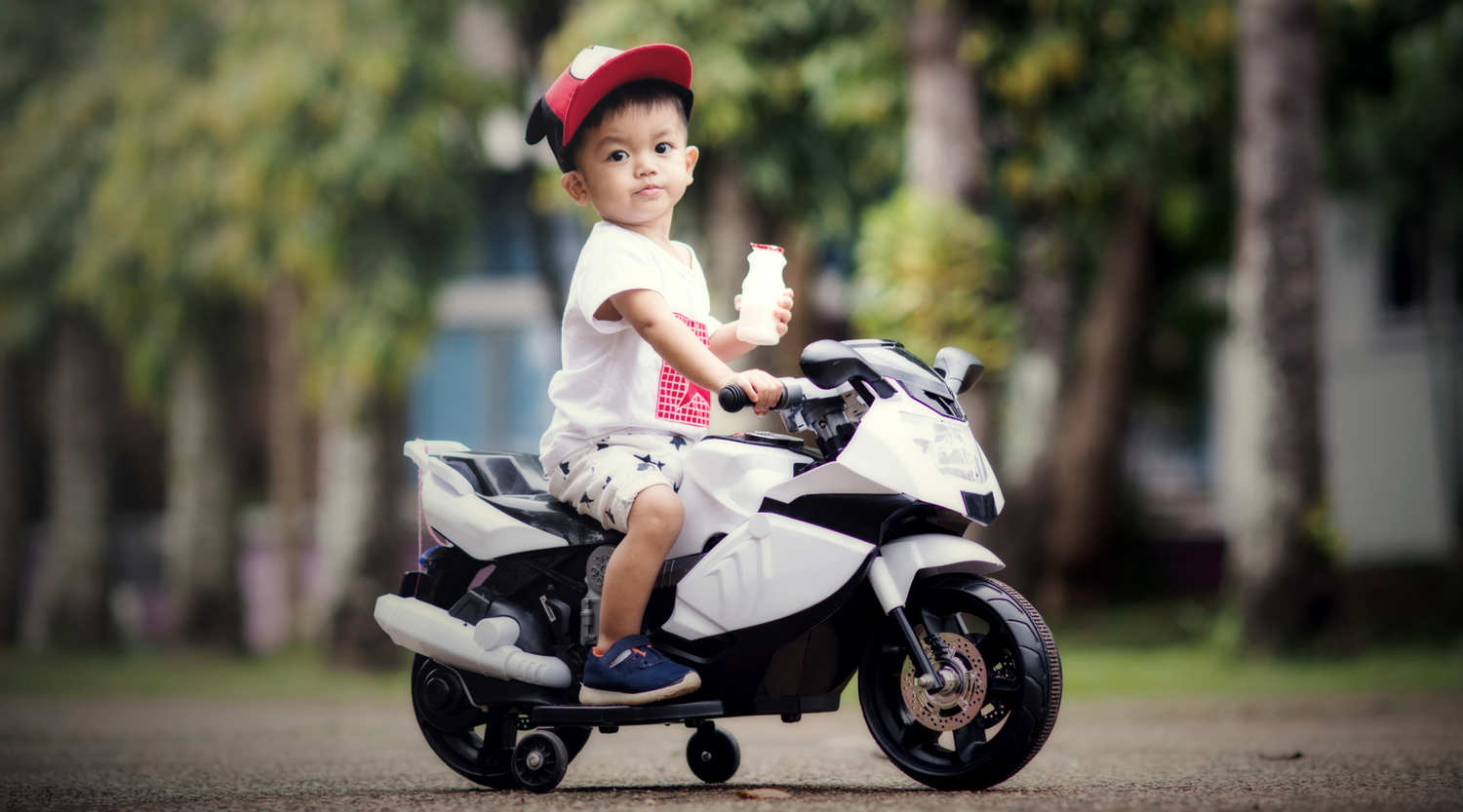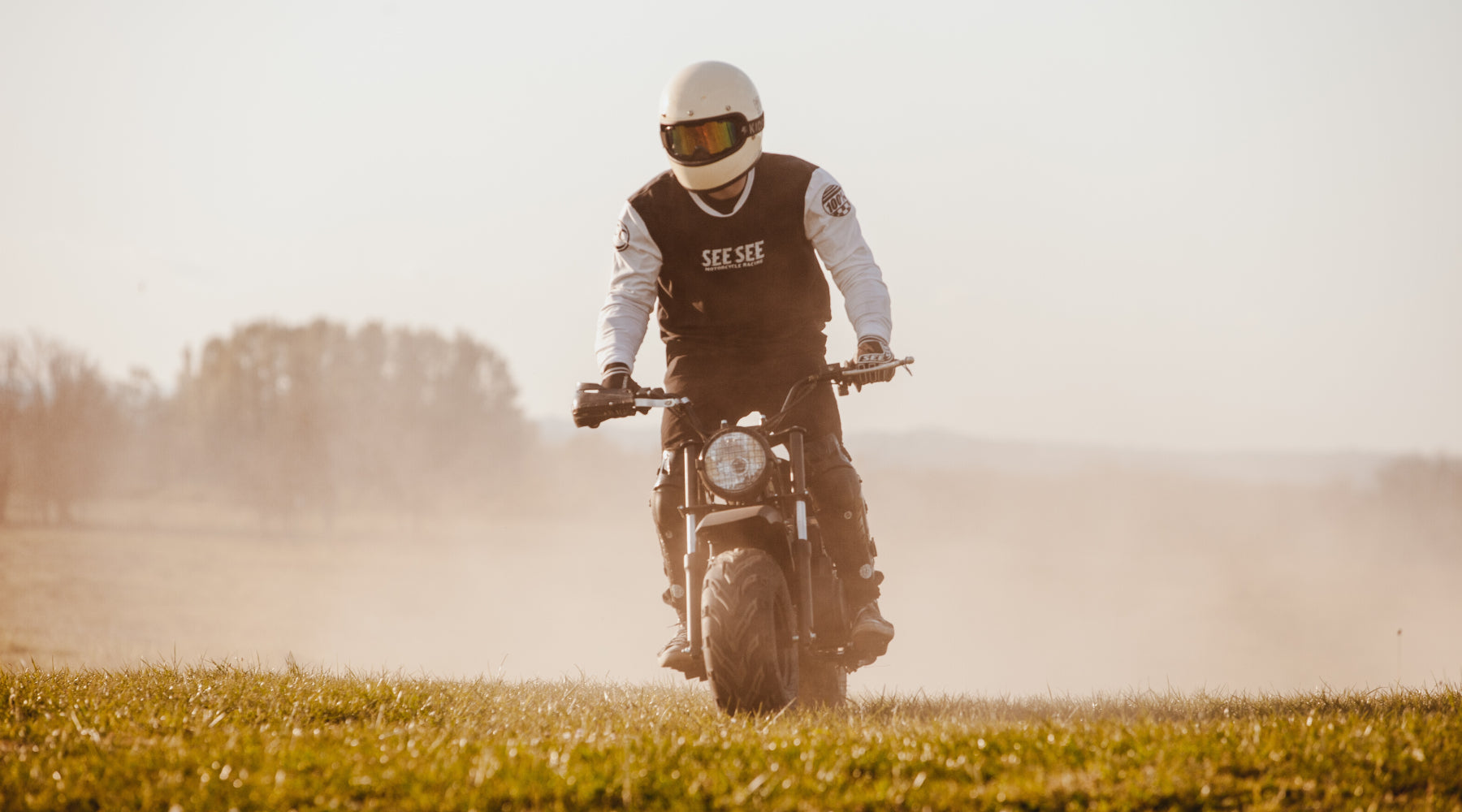Introduction
Mini bikes for kids have gained immense popularity in recent years. They provide children with a thrilling outdoor activity and a sense of independence. However, as a parent, you may wonder, "How young is too young for mini biking?" This article delves into this essential question and offers valuable insights to help you make informed decisions regarding your child's mini biking adventures.
Understanding Mini Bikes
Defining Mini Bikes for Kids
Mini bikes, also known as pocket bikes or pit bikes, are compact, scaled-down versions of motorcycles designed specifically for children. They come in various styles and power options, catering to different age groups and skill levels.
Mini Bikes vs. Bicycles: A Safety Comparison
Comparing mini bikes to bicycles is essential in understanding the safety aspects. While bicycles offer exercise and transportation, mini bikes add an element of motorized excitement. However, they also introduce new safety considerations that parents must be aware of.
Benefits of Mini Biking for Children
Mini biking offers numerous advantages for children's physical and emotional development. It goes beyond mere fun and serves as an excellent avenue for enhancing their well-being.

Safety Considerations
The Role of Safety Gear
Ensuring your child wears appropriate safety gear is non-negotiable. This section explores the essential safety equipment required for mini biking adventures, including helmets, gloves, knee and elbow pads, and eye protection.
The Importance of a Supervising Adult
While mini biking can foster independence, adult supervision is crucial, especially for younger riders. Parents play a pivotal role in guiding and ensuring their child's safety during mini biking activities.
Teaching Kids Basic Traffic Rules
Introducing children to basic traffic rules lays the foundation for responsible riding. Even on mini bikes, understanding and following these rules is essential.
Selecting Safe Riding Areas
Choosing appropriate riding areas significantly impacts safety. This section discusses the importance of selecting safe, controlled environments for your child's mini biking adventures.
Setting Speed Limits and Restrictions
Establishing speed limits and restrictions based on your child's age and experience level is essential to maintain a safe and controlled riding environment.
Physical and Emotional Readiness
Age and Maturity: A Critical Factor
Age and maturity levels vary among children, and they play a pivotal role in determining a child's readiness for mini biking. Assessing your child's age-related readiness is vital.
Assessing a Child's Physical Development
Physical readiness involves evaluating your child's strength, stamina, coordination, and balance. A physically prepared child is better equipped to handle the challenges of mini biking.
Emotional Readiness: Handling Challenges and Frustration
Mini biking can be physically demanding and may present challenges for children. Emotional readiness involves assessing your child's ability to cope with difficulties and frustration.
Types of Mini Bikes
Electric Mini Bikes
Electric mini bikes are a popular choice for young riders. This section explores their advantages, recommended age groups, and safety features.
Gas-Powered Mini Bikes
Gas-powered mini bikes offer a different riding experience. Here, we discuss the pros and cons, age suitability, and fuel and maintenance considerations associated with these bikes.

Choosing the Right Mini Bike
Sizing Matters
Selecting the appropriate size mini bike is crucial for your child's safety and comfort. This section provides guidance on matching the bike size to your child's height, considering seat height and weight capacity.
Features to Look For
Understanding the essential features of mini bikes, such as speed control options, adjustable handlebars and seats, suspension systems, and battery details for electric bikes, is vital when making a choice.
Practical Tips for Parents
This section offers practical advice for parents, including starting with the basics, the importance of practice in safe environments, encouraging responsibility in mini bikers, and setting ground rules and boundaries.
Safety Beyond the Ride
Proper Mini Bike Storage and Maintenance
Maintaining mini bikes is essential for their longevity and safe operation. Here, we provide a checklist for routine maintenance and tips on cleaning and storage.
Growing with Mini Bikes
As children grow, their mini biking needs may change. This section discusses transitioning to larger models and exploring mini bike clubs and communities.
Legal Considerations and Local Regulations
Understanding local regulations, licensing requirements, age restrictions, liability, and insurance is crucial for ensuring a safe and legal mini biking experience.
Being a Supportive Parent
The Role of Communication
Effective communication with your child is vital. Building trust, openness, and encouraging questions and concerns can help foster a safe and supportive mini biking environment.
Leading by Example: Your Attitude Matters
As a parent, your attitude toward safety and responsible riding sets a significant example for your child. Leading by example reinforces the importance of safe mini biking practices.
Common Concerns and Questions
Addressing Parents' Worries
Parents often have concerns about their child's safety while mini biking. This section addresses common worries, such as fear of accidents and dealing with peer pressure that best suits your child. Striking the right balance between adventure and safety is key. By following the guidelines presented in this comprehensive parent's guide, you can make informed decisions about introducing your child to the world of mini biking.
Conclusion
In conclusion, mini biking can be an incredibly rewarding activity for children, offering physical activity, skill development, and a sense of adventure. However, determining when your child is ready to embark on this journey is a crucial decision that involves assessing their physical and emotional readiness, selecting the right type of mini bike, and prioritizing safety at all times.
As a responsible parent, you play a pivotal role in ensuring your child's safety and instilling good riding habits from the start. By following the guidance provided in this comprehensive parent's guide, you can make informed choices, strike the right balance between excitement and safety, and support your child as they explore the thrilling world of mini biking. Remember, it's not about how young is too young; it's about when the time is right for your child to embrace this exciting adventure.




Leave a comment
This site is protected by hCaptcha and the hCaptcha Privacy Policy and Terms of Service apply.